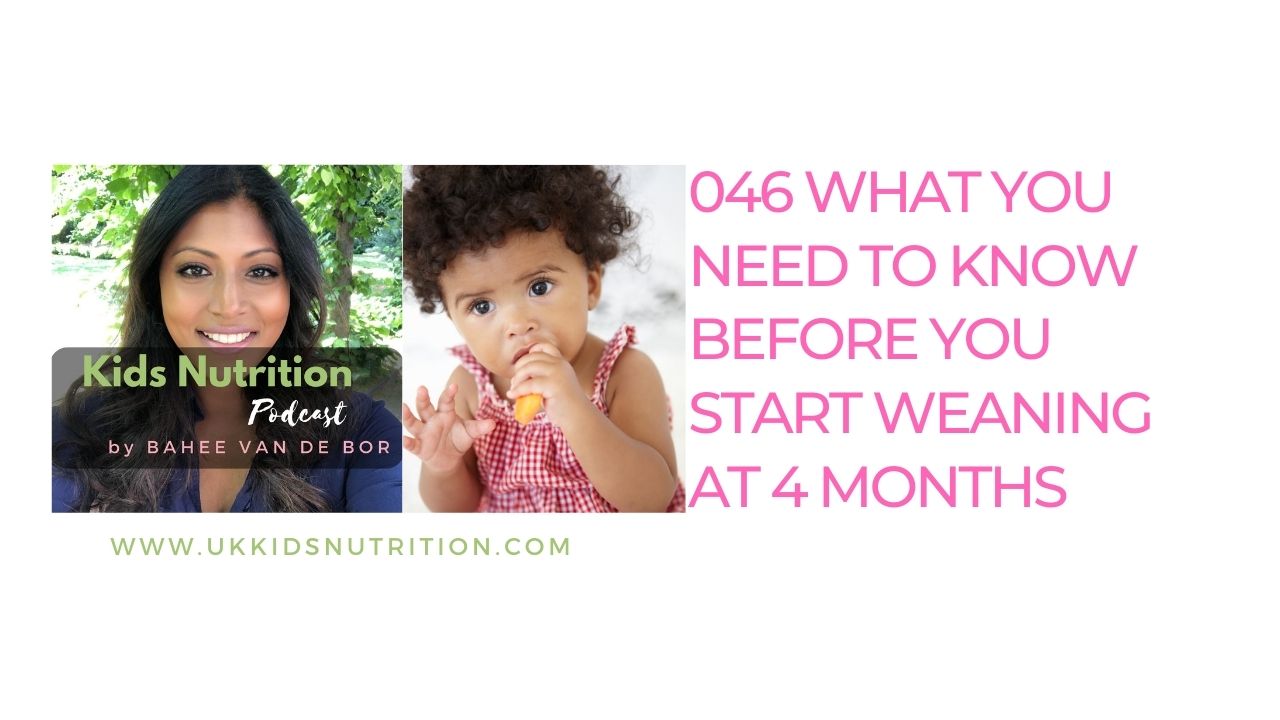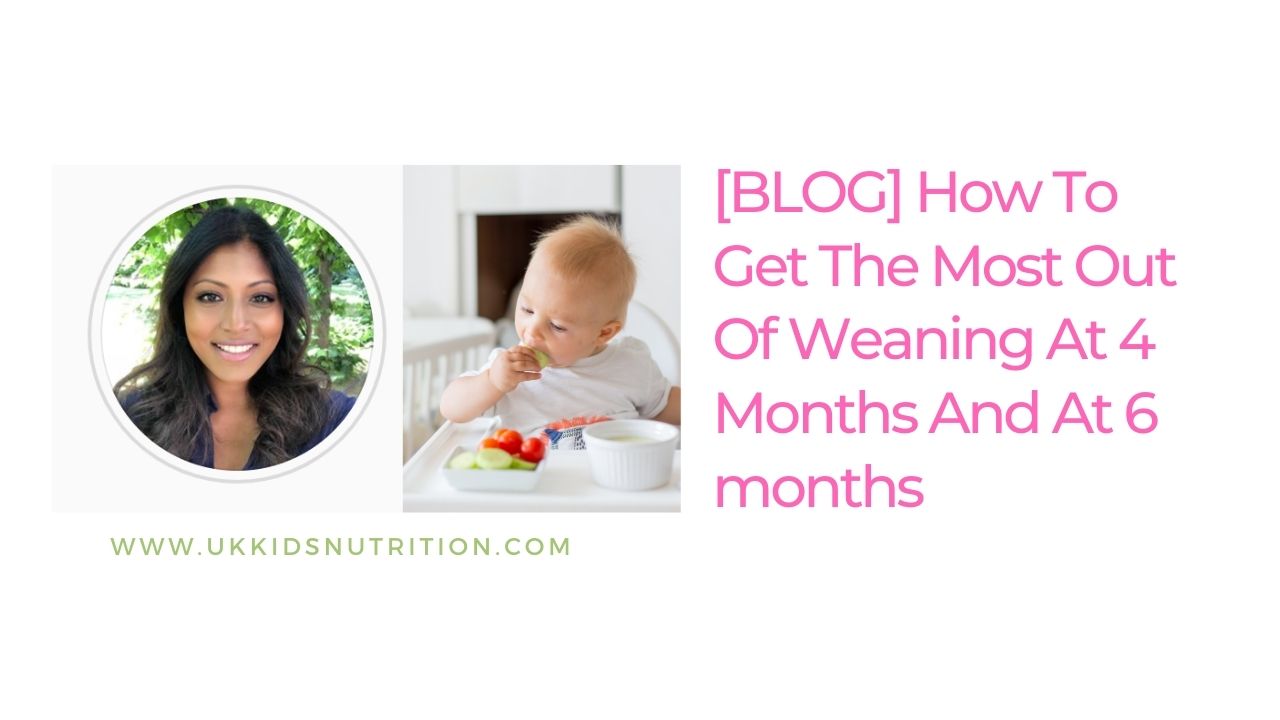The on-set of baby-led weaning (BLW) has taken over the traditionally favoured method of spoon feeding by storm. Baby-led weaning may be the trendy way to feed, but is it everything it promises?
A recent New Zealand study revealed that mums who favoured strict BLW were more likely to have breastfed their babies exclusively till 6 months of age and waited till then to start solids. BLW is not recommended before 6 months of age because it is necessary that babies achieve postural stability to sit with good head control and the ability to grasp objects. The wonderful side to baby-led weaning is that children are included at the dinner table and participate in at least 2 meals with the family, sharing in whatever is on offer as part of the family meal. This enables parents to satisfy a baby’s curiosity of trialling new tastes and textures in many forms, shapes and sizes by offering sample tastings from their own plate.
Observational studies suggest that babies who follow baby-led weaning are more likely to follow healthy eating patterns with healthy body weight. There is nothing revolutionary about BLW’s recommendation to starting with finger foods from 6 months of age. The advice has always been to offer finger foods alongside parent spoon feeding at the dinner table, however BLW promotes only giving finger foods. No spoon feeding at all. This sounds great to a parent who is now also free to enjoy their own meal, but the downside is that iron rich foods which the baby relies on from of six months of age will usually need to be provided as a puree. For example: pureed meats, green leafy vegetables, lentils and pulses as well as infant breakfast cereals fortified with iron. Awkward without a spoon and licking these off from the plate is not a good look either! As a result babies who follow baby led weaning are at greater risk of following a diet that is lower in iron, zinc and vitamin B12.
To over-come this ensure that iron rich foods such as very soft pieces of fish, chicken or tender pieces of meat are offered as soon as the baby is developmentally ready and is able to reach out, grab the pieces of food and direct it to their mouth. Remember that your baby will also require the necessary oro-motor skills to manage these textures. Alongside the necessary skills to self-feed babies who follow BLW will also require sufficient stamina and interest to continue to eat for the entire meal.
To ensure that children have the much required physical energy levels to self-feed for the entire duration of the meal to meet their own energy intake, you may need to encourage and assist them during meals. A sneaky spoon or two from the parent may be required to (a) meet requirements for iron and zinc from the relevant mashed up meat or chicken and (b) to also ensure that the infant meets their daily requirement for calories. For infants whose self-feeding skills are less than optimal some spoon feeding and assistance from their parents may be necessary to reduce risk of faltering growth. Modifying the BLW approach particularly during illness is especially important to ensure that the infant continues to thrive and grow on their own centile lines on the growth chart.
Flexibility in the approach to weaning is therefore necessary for the modern family who wish to pursue baby-led weaning. Mixing up baby-led weaning with some spoon feeding can be key to successfully weaning onto a nutritious diet.
There is some data in the literature describing that infants who followed BLW were more likely to eat foods higher in fat, particularly foods rich in saturated fats. Certainly breakfast foods such as croissants versus cereals or toast with butter would be higher saturated fat choices. Add fish fingers, nuggets and fries or fried falafels and these would contribute further fat intake in comparison to a meal of rice or mashed potatoes with vegetables and pureed meat; which lets face it requires the expert swooping motion from a spoon.
For the baby who successfully self-feeds with adequate intakes of the necessary vitamins and minerals such as iron, zinc and vitamin B12, offer iron rich foods, include at least 4 servings of fruit and vegetables daily; limit sweet snacks and avoid cooking with salt. Be open minded and be prepared to use spoon feeding for the baby who starts to fatigue at the table and be very very flexible about feeding methods during illness.
So the verdict: we can take example from the baby in the video who is thoroughly enjoying his broccoli, but be mindful that there are pros and cons to baby led weaning. However, with some adjustments to the BLW approach you can safely feed your baby with attention to the types and textures of foods offered. Always supervise your baby during meals, enjoy them at the table during family meals and remember, if baby is sharing your food, skip the salt and processed foods to reduce the risk of hypertension in adulthood. Happy weaning folks.


2 thoughts on “Should You Spoon Feed or Follow Baby Led Weaning?”
Really appreciate you sharing this forum topic.Really looking forward to read more. Want more. Lammy
Thank you and feel free to suggest any topics you would like me to write about.